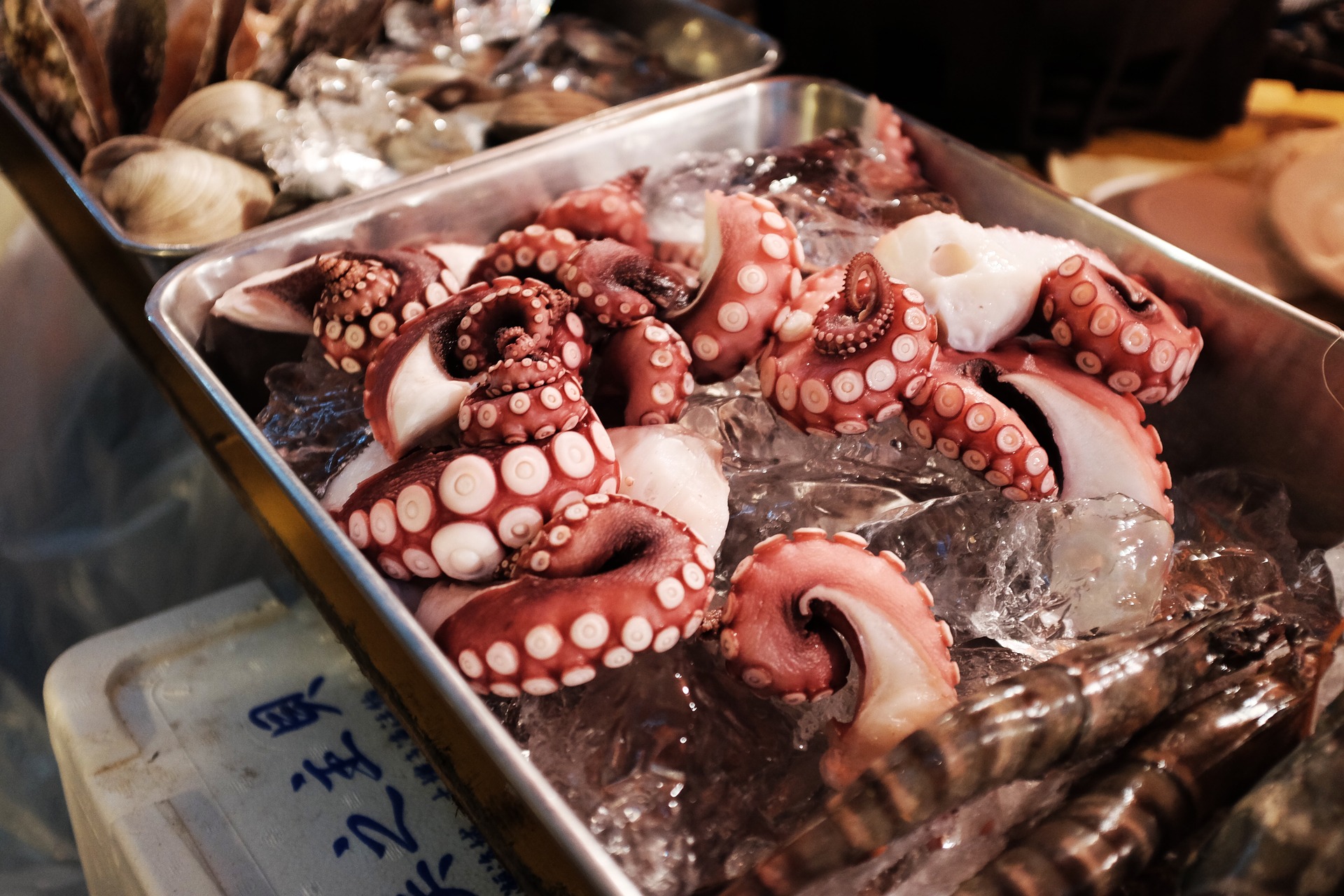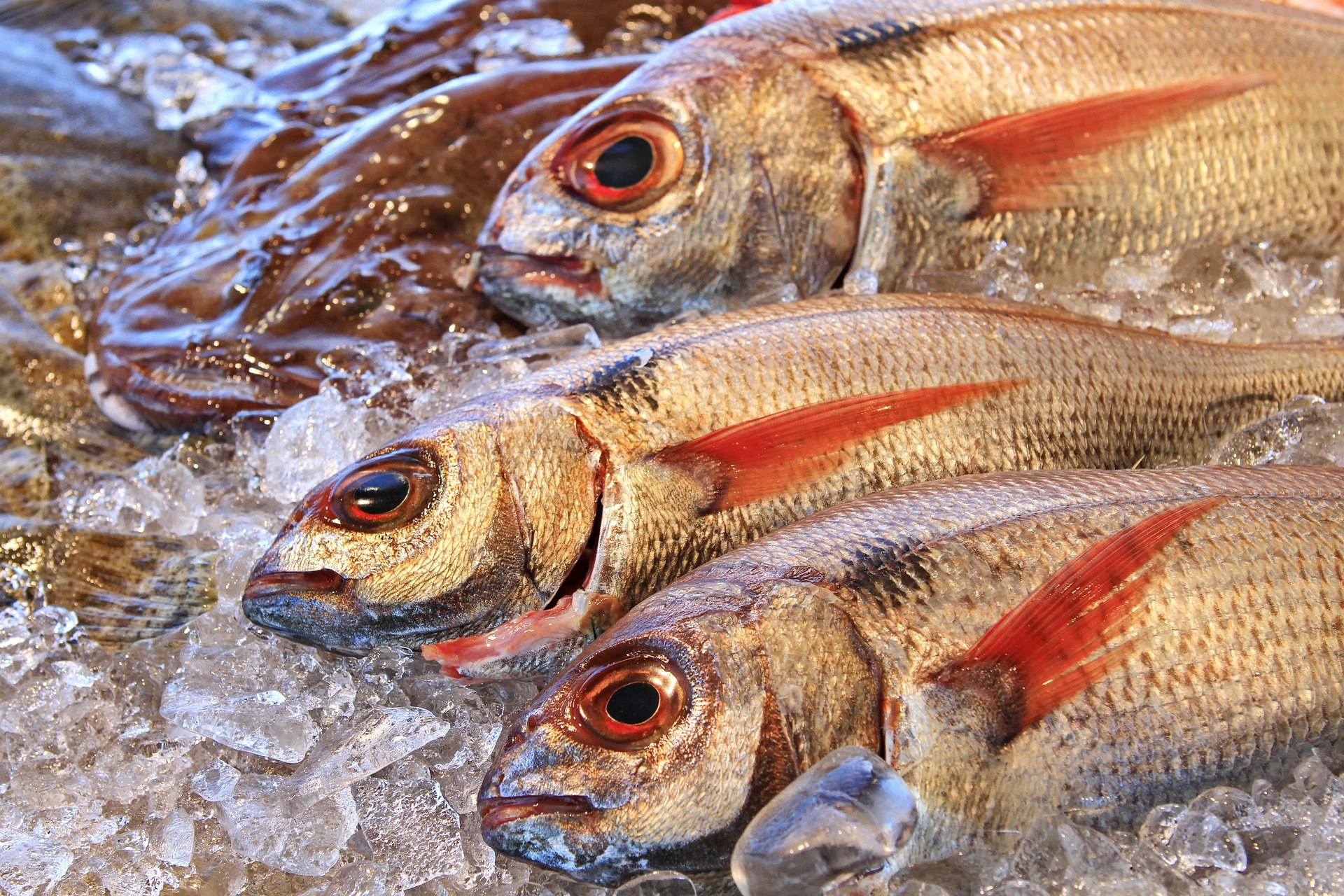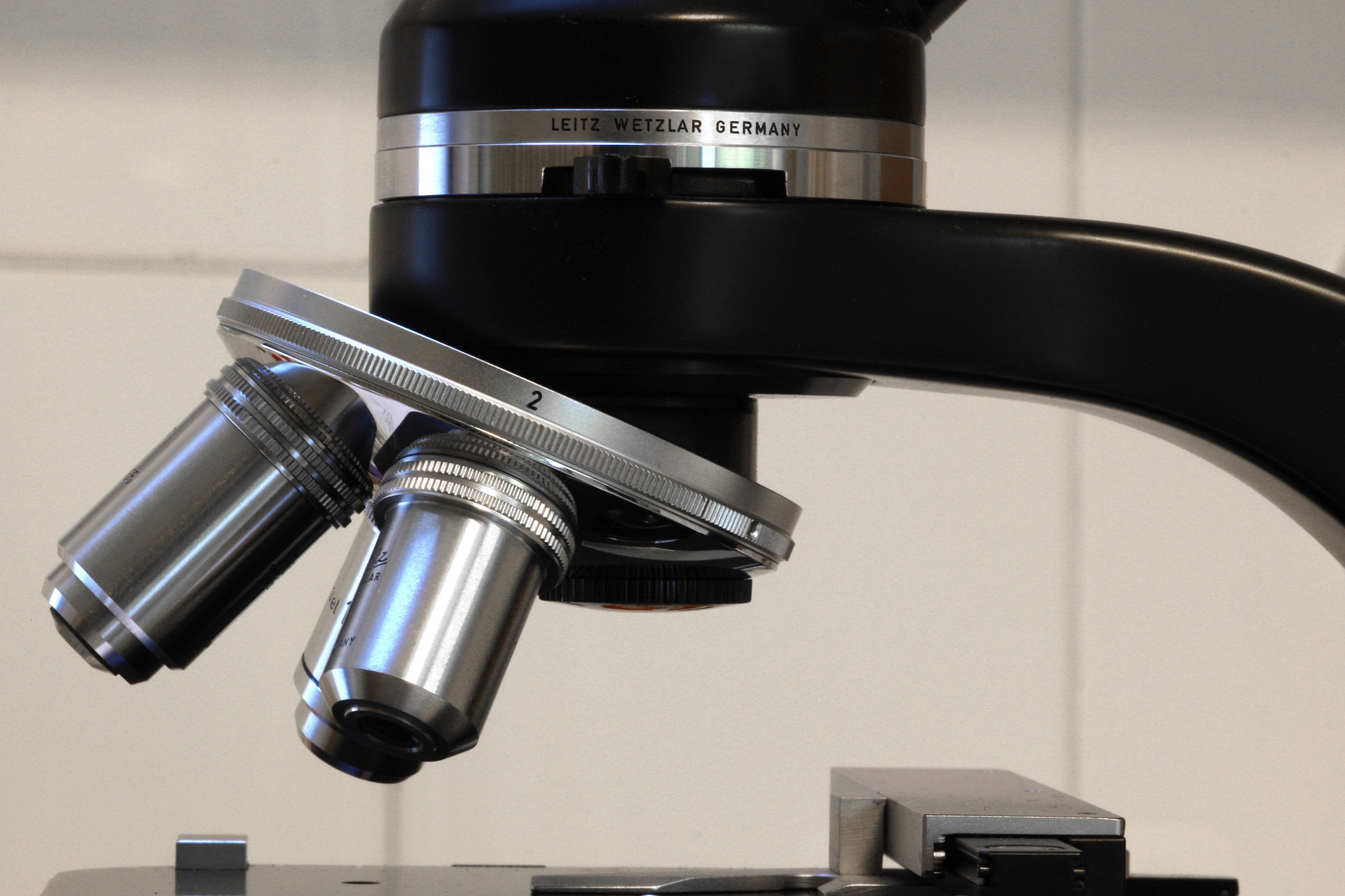Fish and seafood are among the top ten commodities considered by EU as the most at risk for frauds.
Species substitution is the most frequent fraud in seafood, i.e. selling a species different from that declared on the label. Mislabelling was found in more than 30% of the analysed species.


Usually this fraud implies the substitution of valuable species with less valuable ones, but this commercial fraud can have other implications, like health problems, in case of toxic or allergenic species, or ecological issues, in case of overexploitation of some species illegally labelled as less endangered species.
Currently, fish species identification is based on mainly two different methods:
1) identification by the naked eye, on the basis of morphological characters;
2) DNA analysis.
.jpg)
1) The first method has the advantage of being performed directly at selling points, but it needs experienced personnel, like veterinary officers, and it relies on a subjective judgement and only on features clearly distinguishable by an experienced human eye. For these limitations not many controllers are so confident in claiming a substitution fraud, just relying on their own evaluation.

2) DNA analysis, on the other hand, is a very accurate method for species identification, but it has to be performed in a laboratory, implying costs and a limited throughput. Moreover, sampling of fishes for DNA analysis can interfere with the production line and samples must be taken according to current laws on official controls.

Objective of the FISHUB project is to develop a software framework to be used on the field, by both un-experienced and professionals people, to detect species substitution. The F.I.S.H. software will be able to identify the species of a fish from its picture; it will be composed of a photos database and a machine-learning server for image analysis and classification, and will be accessible through a user-friendly App for mobile phones and other portable devices.
Two of the project partners already developed in 2015 a Proof-of-Concept software framework able to correctly classify the species Engraulis engrasicolus (European anchovy) and Sardina pilchardus (sardine) from photos taken with a mobile device. The project, presented at Expo To 2015, received a lot of media attention demonstrating, besides its feasibility, also its relevance to the current food market, and to the concerns of the general public about the quality of everyday food.
A software able to identify fish species through a picture taken by a mobile phone would overcome the limitations of the two previously discussed methods.
Image analysis techniques are able to take into account morphological features that would be extremely difficult to detect with the naked eye (e.g. colour textures, geometrical ratios between selected fish measures, relative dimensions and placement of particular fish features like fins, eye, etc…).
It could indeed be applied at selling points, on a high number of specimens, without any cost and interference with the production line. It could be used also by un-experienced end-users, being based on objective results, making controllers more confident and motivated to carry out this kind of controls, and widening the range of application, like in internal audits by food companies or in surveys by consumer associations.

Suspect samples identified by the App can also be sent to a laboratory for confirmation by DNA analysis, making this test more cost-effective.